This guest blog post comes from Jonathan Walton, a veteran Expedition Staff member aboard the Ocean Nova for Antarctica 21. His report details what it’s like to take one of the shorter Antarctica Express Air Cruises, which should be specially noted only spend 36 hours in Antarctica, in the South Shetland Islands, not visiting the Antarctic Peninsula proper, but do include a visit to Cape Horn, conditions permitting.
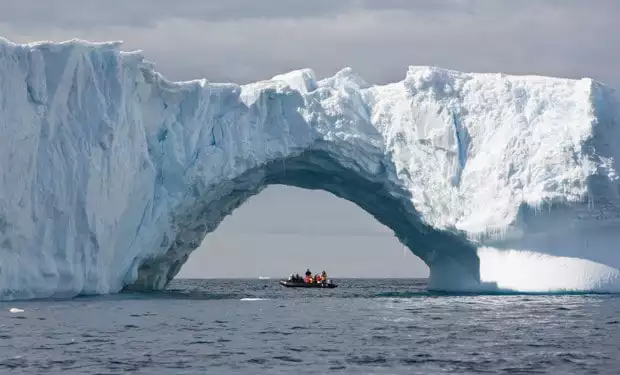
I have worked for ANTARCTICA 21 for four seasons now. But I will never forget that very first season. There I was, on the quayside in Ushuaia, a veteran Antarctican of 39 years standing, excited beyond belief as I caught my first sight of Ocean Nova.
I had crossed the Drake Passage many times by sea before. In each case there is a feeling of stepping into the unknown – you don’t know what the crossing will be like until you start. Many of my crossings have been in rather benign seas, offering a chance to spend many hours watching those magnificent Albatrosses wheeling effortlessly around the ship. But often the crossing has been less benign, although I always knew that once we reached the other side my stomach would settle down.
The special prize when sailing out of Ushuaia on an Antarctica Express Air-Cruise is a landing on Cape Horn – that mythical place so revered by sailors through the ages. To stand on top of the cliffs on Cape Horn, looking south across the Drake Passage towards Antarctica provides a strong emotional connection to those heroic sailors. It is truly a lifetime experience. In common with all aspects of Antarctic cruising, this landing can never be guaranteed – which is what makes it so special when it does happen.

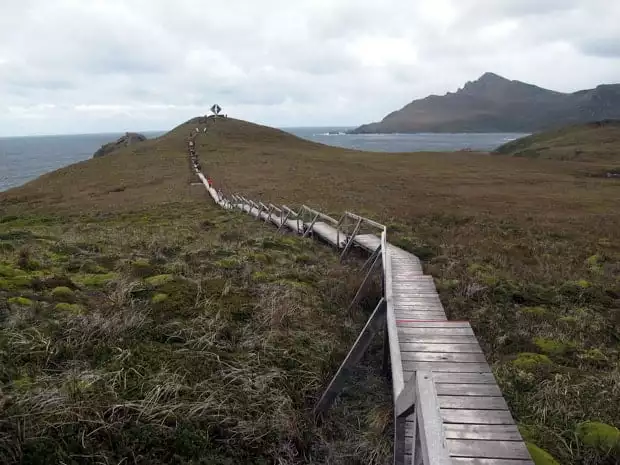
All being well, the crossing from Cape Horn to Antarctica takes 2 days. Lots of information is offered by the experienced expedition staff during that time. But then, the ultimate prize – that first iceberg sighting. Suddenly all your hopes and expectations are realized. It may be just a dull grey piece of ice, or it may be a pristine white tabular berg. Both will represent an introduction to the amazing continent that is Antarctica.
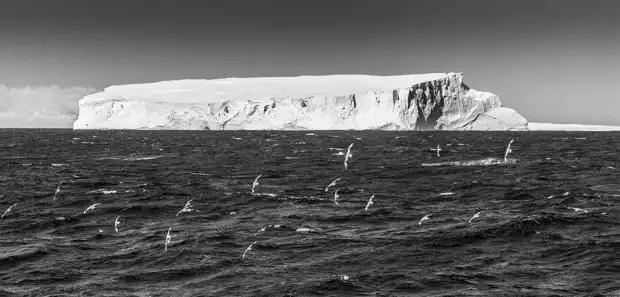

Icebergs of all sizes soon become commonplace but then…major excitement! What are those funny little things like flying fish skipping in and out of the waves? It couldn’t be – but it is – the first penguins! Penguins are perhaps the ultimate wildlife offering that Antarctica can give its visitors.


There is now a palpable air of excitement around the ship. Probably just a few hours later we all get our first sight of land – The South Shetland Islands. They may not be the continental mainland but they are very definitely Antarctica: rock, snow and ice down to sea level, no visible greenery, and in many places the foreshore is just covered with small and medium sized moving dots – the small ones being innumerable penguins and the larger ones being sunbathing seals.

Finally the anchor goes down and we all crowd eagerly into the Zodiacs for the first shore landing. We return about two hours later emotionally exhausted. It is just too much to take in. The urge to capture everything photographically is overpowering but we try to remember the advice of the staff – “just sit and look and take it all in”: the insatiable curiosity of penguins, the amazing inertia of wallowing elephant seals, the cruelty of nature as the Skuas pick off lone penguin chicks.


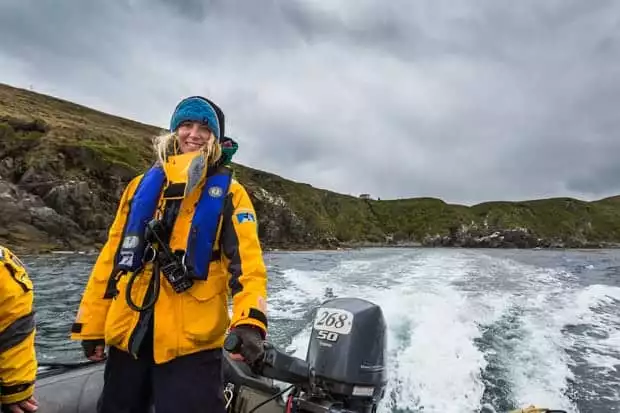
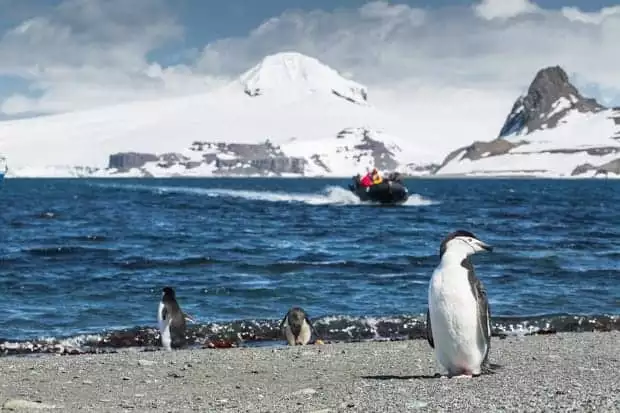
Sadly the following day you will, if everything goes according to plan, be boarding a plane bringing you back to “civilization”. But your experience of that mythical 7th continent, however brief, will never leave you. it is truly something incredibly special – an opportunity not to be missed.

About Jonathan Walton
Jonathan Walton first visited Antarctica in 1973 – and didn’t leave until 1976. To date he has logged a total of 11 Antarctic summers and 2 winters south of the Antarctic Circle. He has worked a number of seasons for the British Antarctic Survey as Glaciologist, Surveyor and General Assistant. Jonathan is part of a Polar family – both his father and his son have spent a number of seasons in Antarctica – the only British Family to have three generations working in the Antarctic. He has travelled about 8,000 km inside Antarctica on Skidoos, living in tents and carrying out scientific research for months at a time. He has been awarded the Polar Medal for his Antarctic work.
View more images from the Antarctica Express Air Cruise route on Facebook.
This guest blog post comes from Jonathan Walton, a veteran Expedition Staff member aboard the Ocean Nova and he details what it’s like to take one of the shorter Antarctica Express Air Cruises. View all Antarctica cruises and Antarctica trips. Read all Antarctica cruise reviews and small ship cruise reviews for more insights from our alumni travelers and experts, or contact one of our Adventure Specialists to learn more about these small ship cruises and wilderness adventures: 1-877-620-2875
Comments will be moderated and will appear after they have been approved.